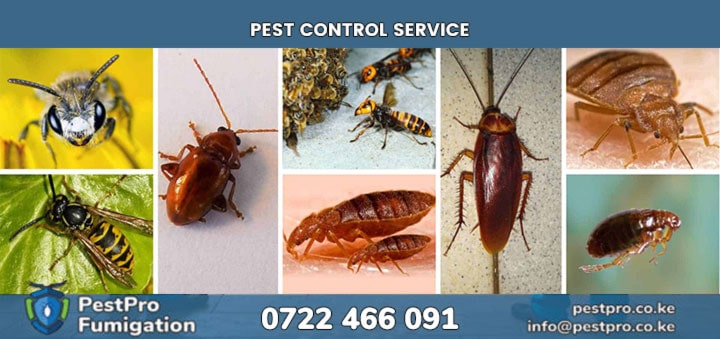Ants
Ants are prevalent in Kajiado County, particularly in households and agricultural areas. Species such as the Argentine ant and fire ant are common, drawn to food sources in kitchens, pantries, and farmlands. These pests form extensive colonies, making them difficult to control once established. Ants are attracted to sugary and protein-rich substances, often invading homes through tiny cracks. Their persistence can lead to contamination of food supplies and damage to crops, especially in rural parts of Kajiado where farming is a primary livelihood. Regular cleaning, sealing entry points, and using targeted baits are effective management strategies.
Cockroaches
Cockroaches, particularly the American and German species, thrive in Kajiado’s warm climate. These resilient pests are commonly found in kitchens, sewers, and basements, favoring moist environments. American cockroaches, which can grow up to 4 centimeters, are scavengers that feed on decaying organic matter and fermenting foods. German cockroaches, smaller in size, reproduce rapidly, with a single female producing up to 400 offspring in her lifetime. Both species are associated with unsanitary conditions and can spread pathogens, posing health risks. Sealing cracks, maintaining cleanliness, and using gel baits or sticky traps are recommended for control. Professional fumigation is often necessary for severe infestations.
Bedbugs
Bedbugs, notably Cimex lectularius, are a growing concern in Kajiado County, particularly in urban areas like Kitengela and Ongata Rongai. These nocturnal, blood-feeding insects infest bedding, furniture, and carpets, causing discomfort through itchy bites. Their small, flattened bodies allow them to hide in seams and crevices, making detection challenging. Bedbugs are not known to transmit diseases but can cause significant irritation and sleep disruption. Infestations have risen in private homes and hotels, likely due to increased travel. Control involves washing bedding in hot water, vacuuming thoroughly, and applying bedbug-specific insecticides. Professional pest control services are often required for complete eradication.
Rodents
Mice and rats are widespread in both urban and rural areas of Kajiado County. These rodents cause property damage by gnawing on structures and wiring, and they pose health risks by carrying diseases like leptospirosis. They enter homes through small gaps, seeking food and shelter. In agricultural settings, rodents destroy crops and stored grain, impacting food security. Effective control includes sealing entry points with steel wool or caulk, setting snap or humane traps, and maintaining a clean environment to eliminate food sources. For persistent infestations, professional pest control services provide advanced trapping and exclusion techniques.
Mosquitoes
Mosquitoes are a significant concern in Kajiado County due to the region’s semi-arid climate, which includes seasonal water pools ideal for breeding. Species like Anopheles and Aedes are prevalent, capable of transmitting diseases such as malaria and dengue fever. Mosquitoes are most active at dawn and dusk, attracted to stagnant water and human presence. Eliminating standing water in containers, gutters, and ponds is critical for reducing breeding sites. Mosquito nets and repellents containing DEET or picaridin offer personal protection. Community efforts, such as clearing drainage systems, are essential to curb their spread.
Invasive Plants as Pests
The invasive Ipomoea hildebrandtii weed, locally known as Oltiameleteti, is a major pest in Kajiado County, particularly in pastoral areas like Kajiado Central, East, and South. This aggressive plant, which spreads across millions of acres, smothers native pastures, rendering grazing lands unproductive. It also produces nectar that contaminates honey, making it toxic and unfit for consumption. Manual uprooting during the rainy season is the primary control method, supported by county-led campaigns to restore pasturelands with high-quality grass species. The weed’s impact on livestock and beekeeping threatens local livelihoods.
More pest Control ServicesPestPro Facebook Page
Medium
